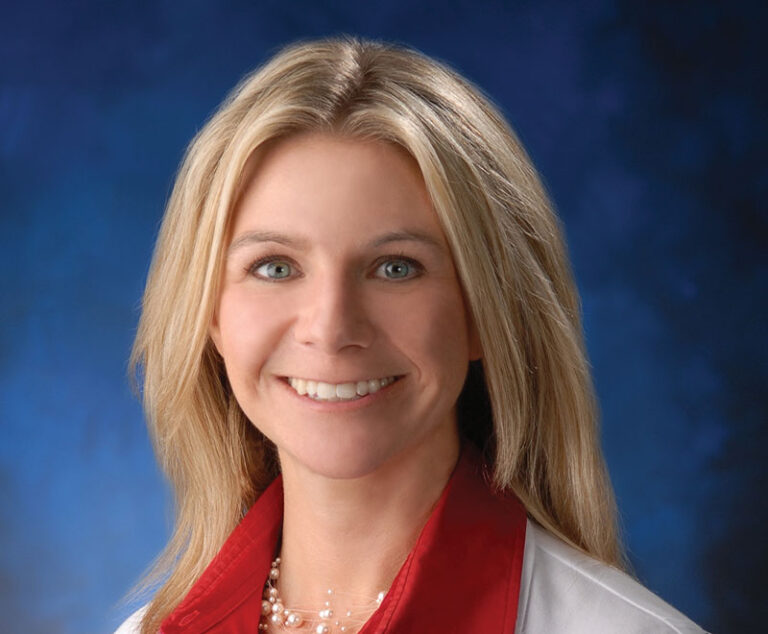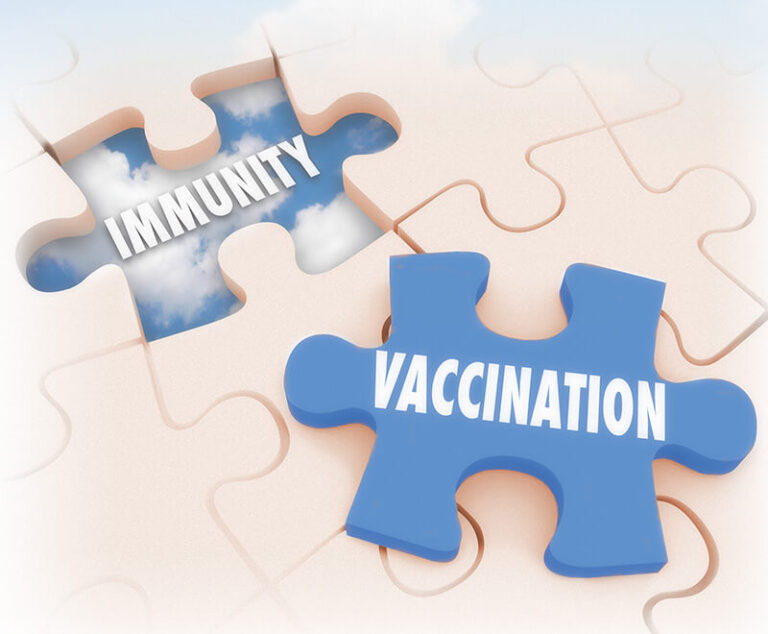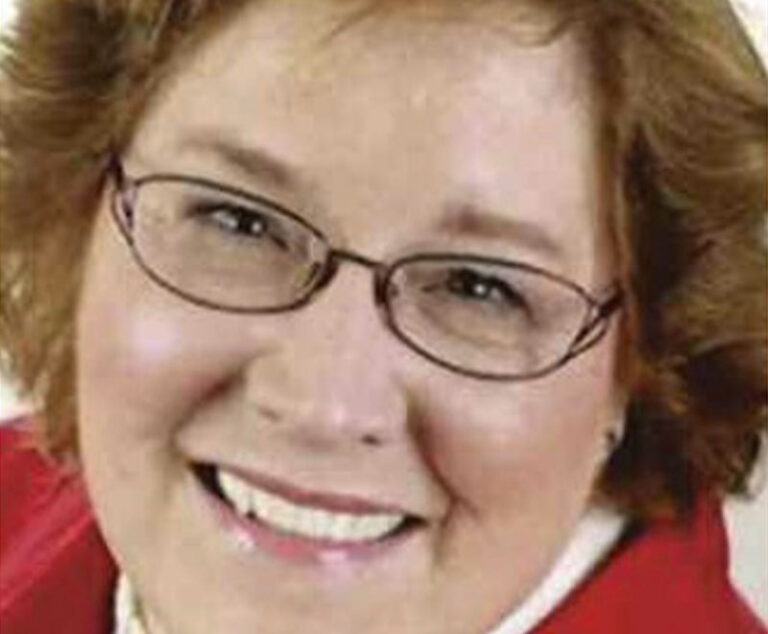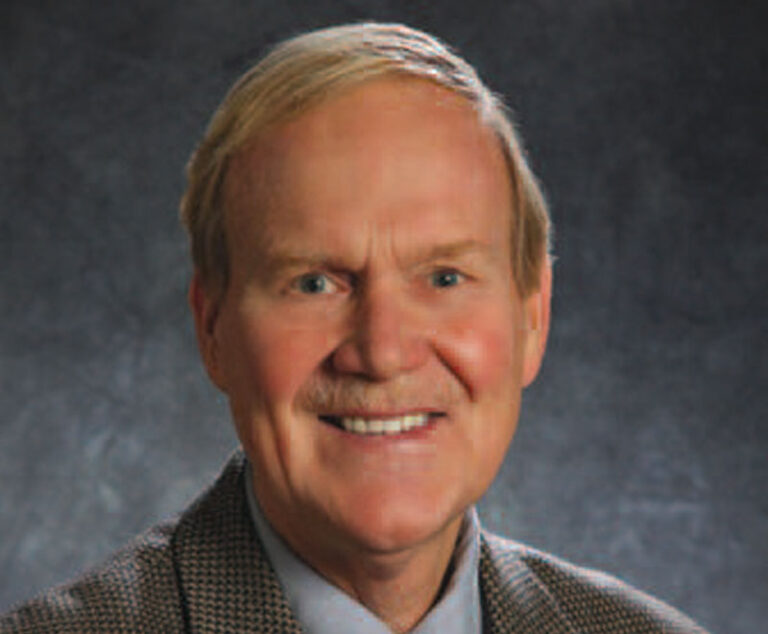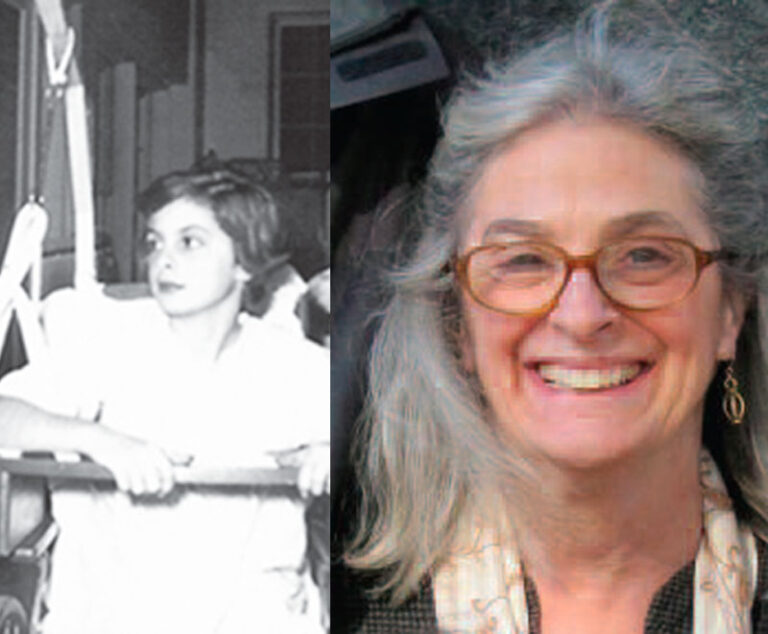Perspectives
Professionals, Providers & Patients
As a physician, researcher and now a patient, Brian Foy, MD, offers unique insights into the search to find a vaccine for this potentially dangerous and highly contagious illness.
Psoriatic arthritis can be a difficult diagnosis to manage. Julie Cerrone, who has lived with the disease since age 10, has learned to not only survive but thrive, and now helps others do the same.
For close to 40 years, Dafna Gladman, MD, has built a career in rheumatology focused on finding answers about psoriatic arthritis.
Scientists are making discoveries that are leading to prevention and better treatments, and clinicians are discovering new approaches to improving delivery of health services so clients receive a continuum of preventive and curative services.
Advances are leading to promising treatments and cures for diseases that have plagued society for decades, as well as new methods that promise to substantially improve quality of care.
Angela Matthews met her ovarian cancer diagnosis head-on because she wants to “hold her grandchildren one day.” Today, she is cancer-free.
Dr. Leslie M. Randall is an obstetrician-gynecologist in Orange, Calif. She completed her fellowship training with University of California, Irvine’s Division of Gynecologic Oncology and is skilled in the comprehensive medical and surgical care of women with all gynecologic cancers. Dr. Randall upholds many service commitments, including assistant professor at the University of California, Irvine, School of Medicine and director of education for gynecologic oncology.
Scientists continue to work toward a universal flu vaccine and alternate vaccine delivery systems in hopes of increasing vaccine rates.
Connie Sunderhaus, RN-B, a staffer at the Professional Patient Advocate Institute, discusses the increasing demand for patient advocacy.
An incorrect diagnosis of a rare form of cancer led to a new career as a patient advocate for Trisha Torrey.
Dr. Frederick M. Maynard is a recently retired physiatrist (a specialist in physical medicine and rehabilitation) who has dedicated a significant portion of his academic and clinical practice over the last 25 years to the unique problems of polio survivors. He is also a board member of Post Polio Health International (PPHI), whose mission is to enhance the lives and independence of polio survivors through education, advocacy, research and networking.
As a young girl, Karen Chase overcame the ravages of polio and later drew upon the experience to draft a riveting memoir.






